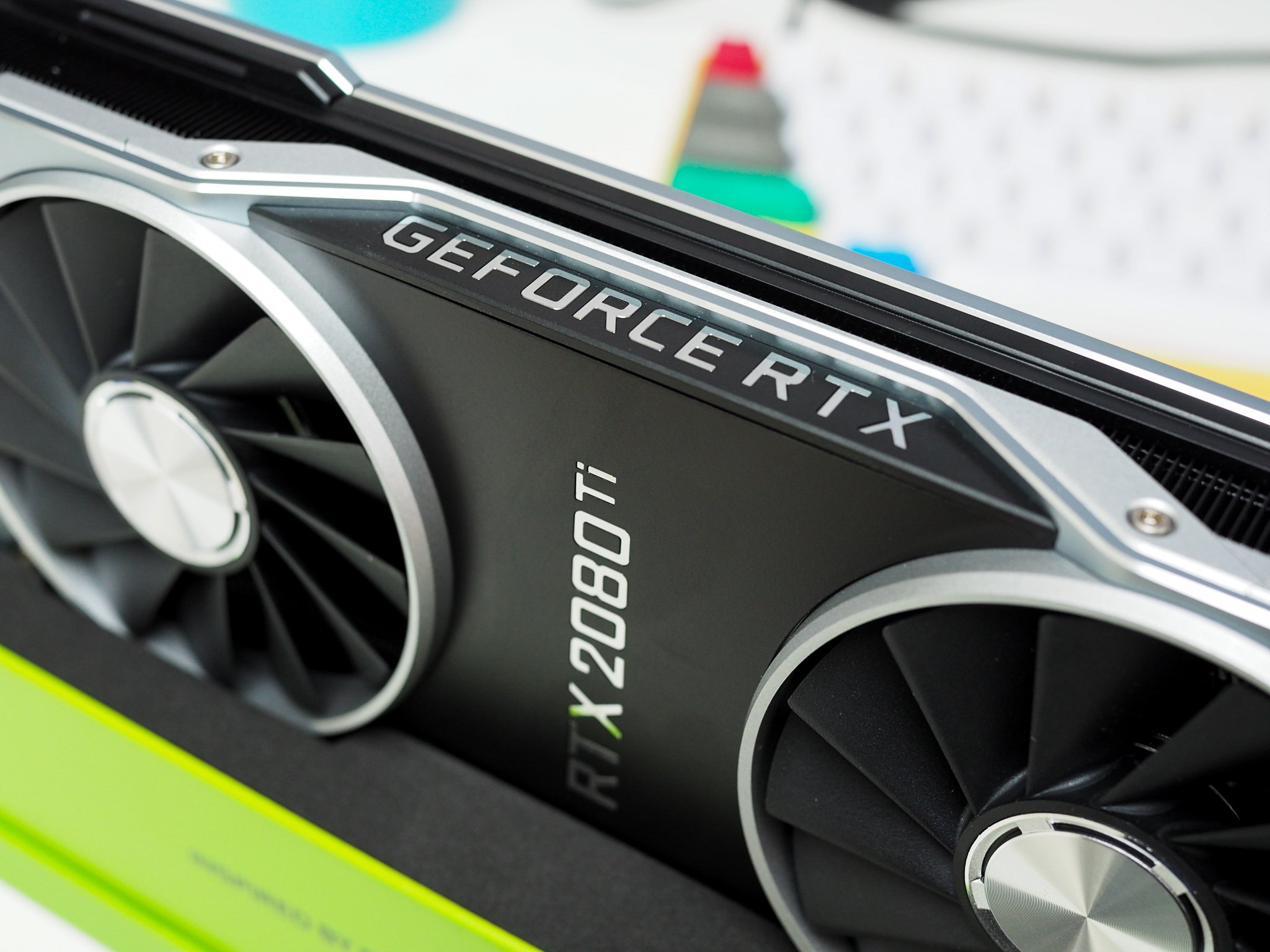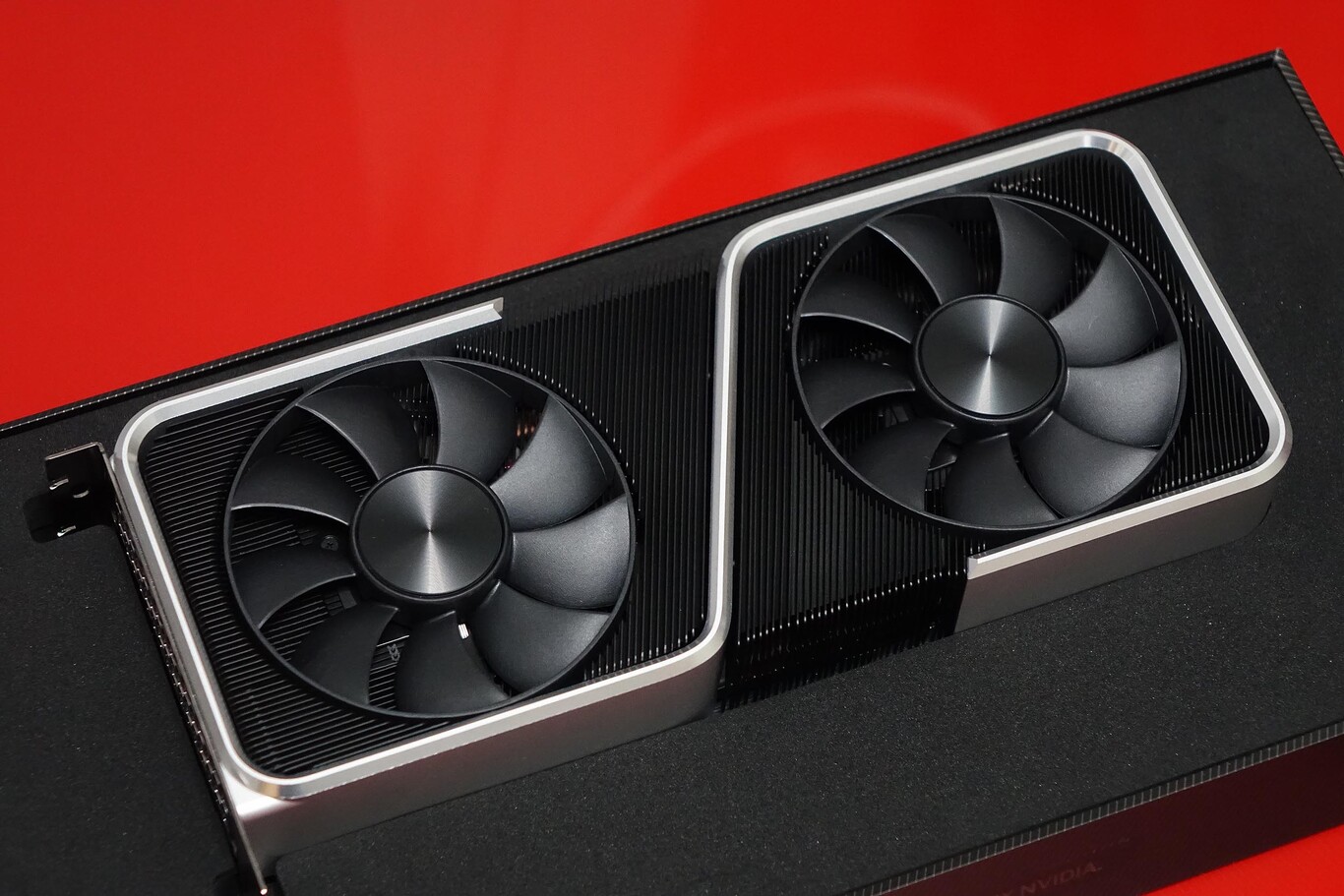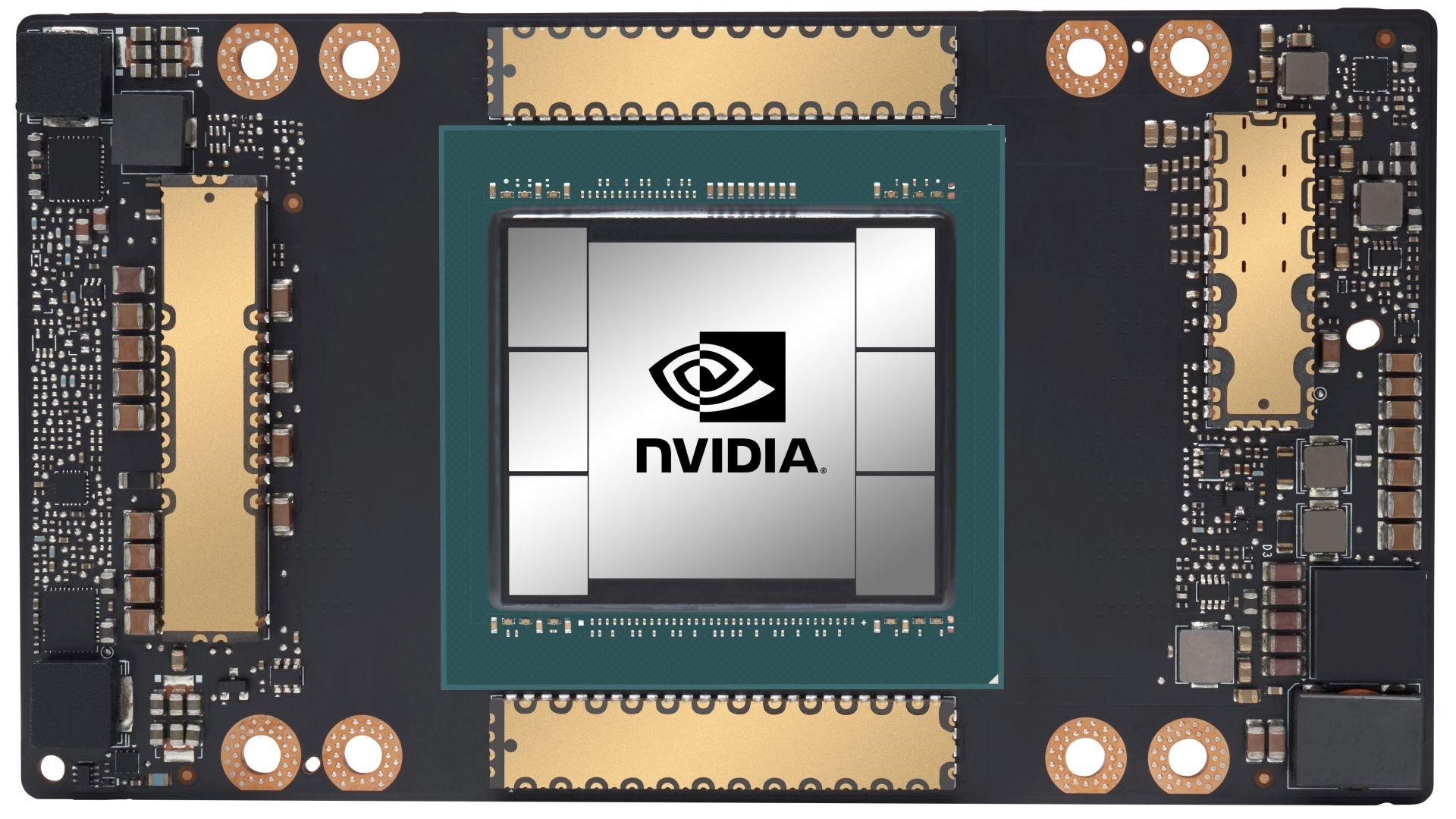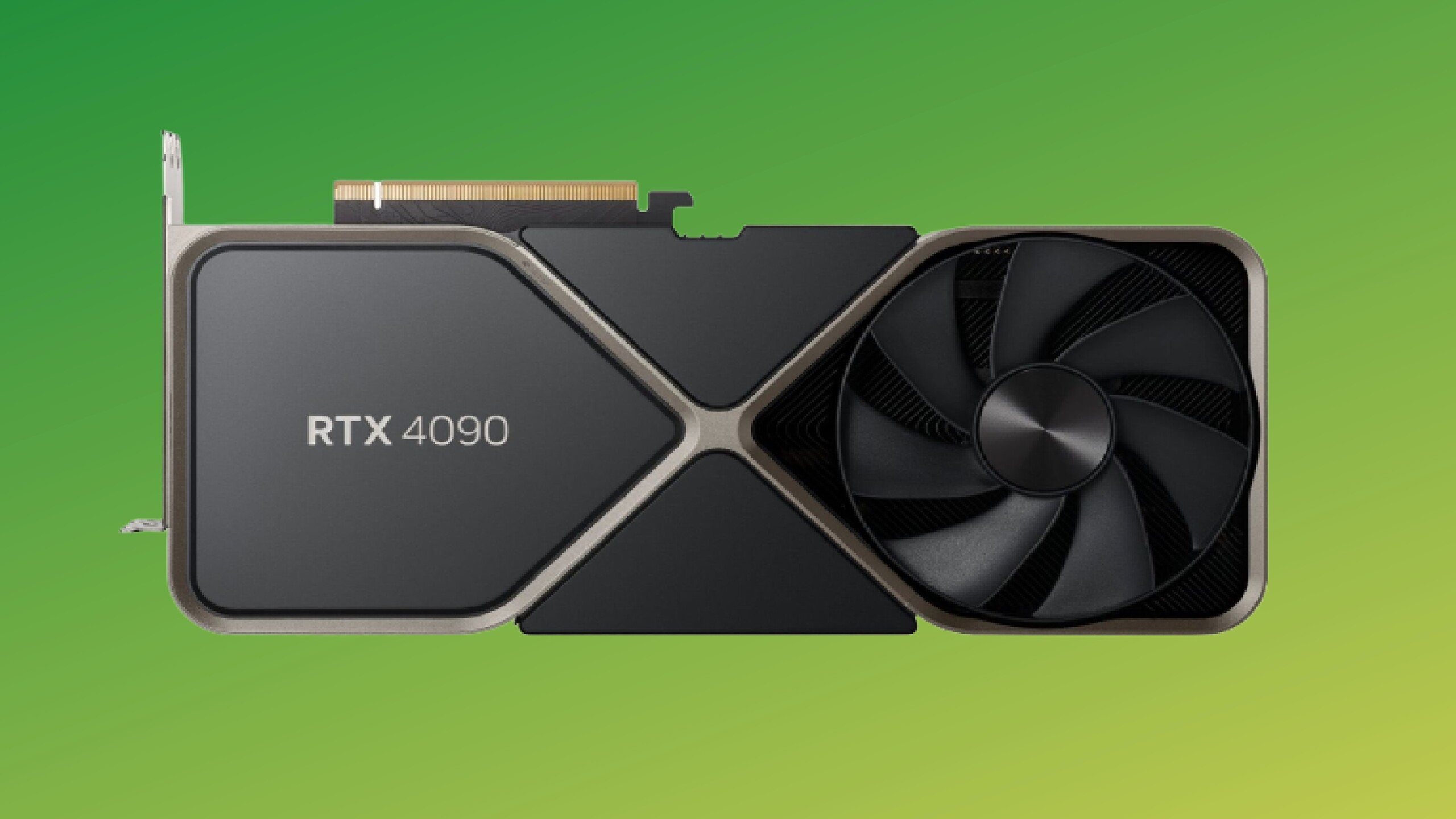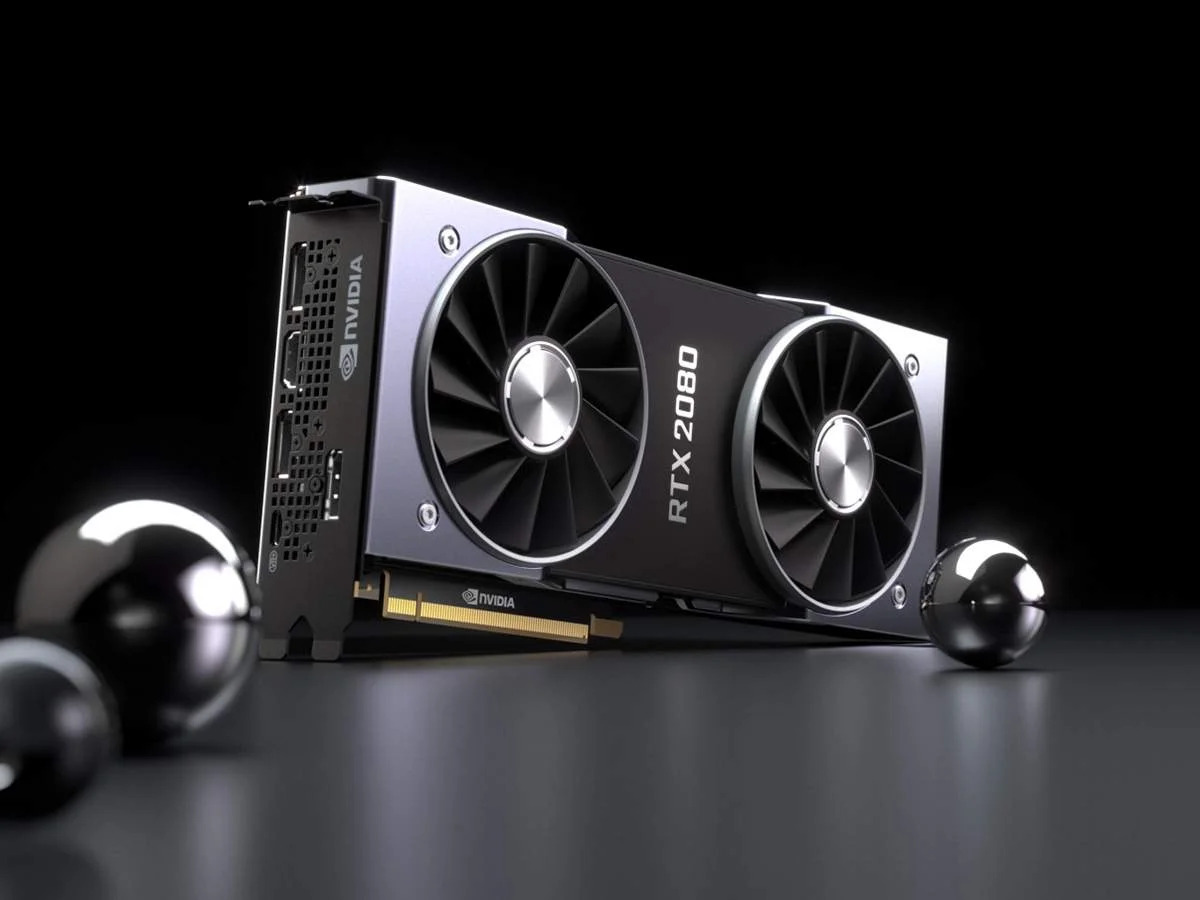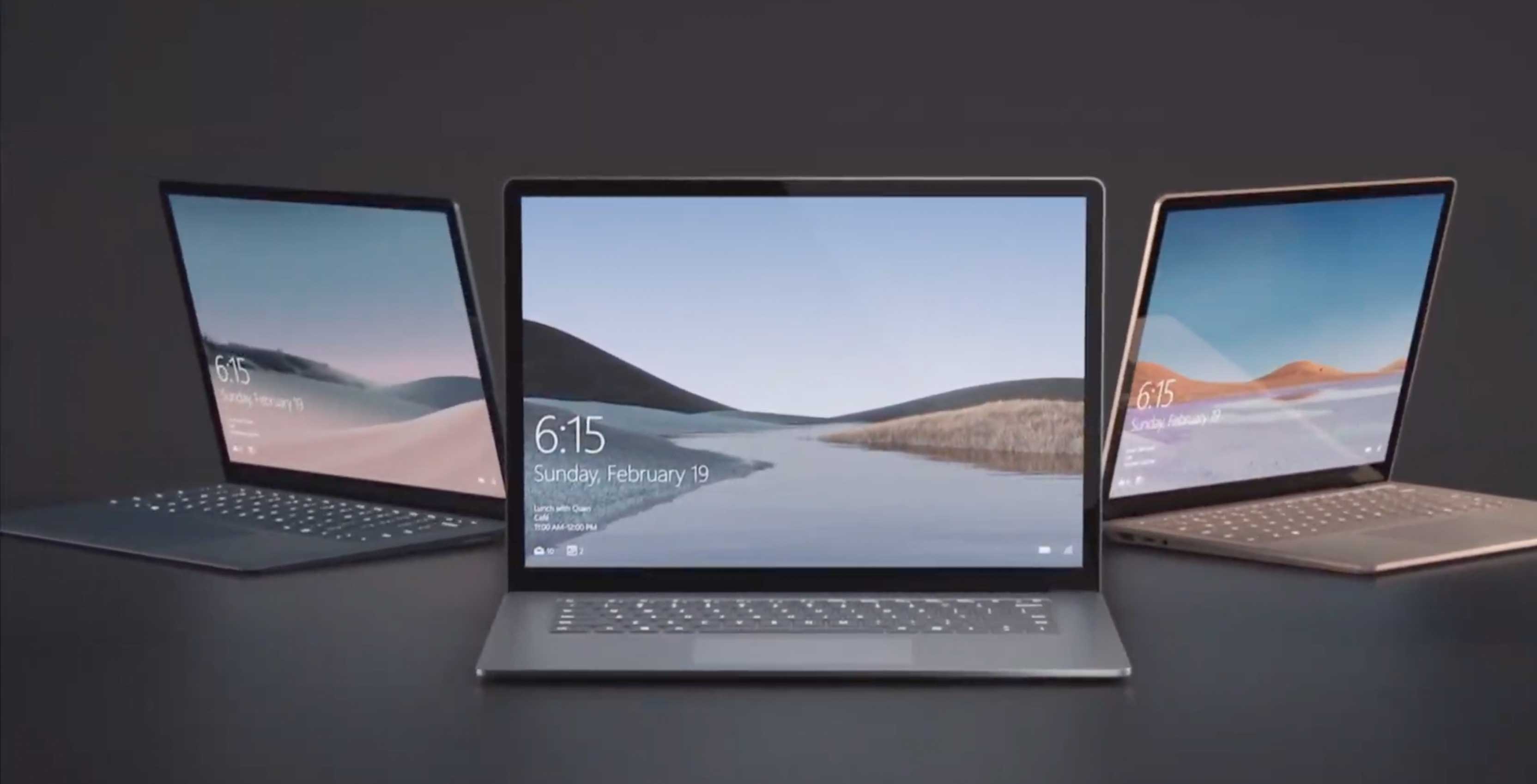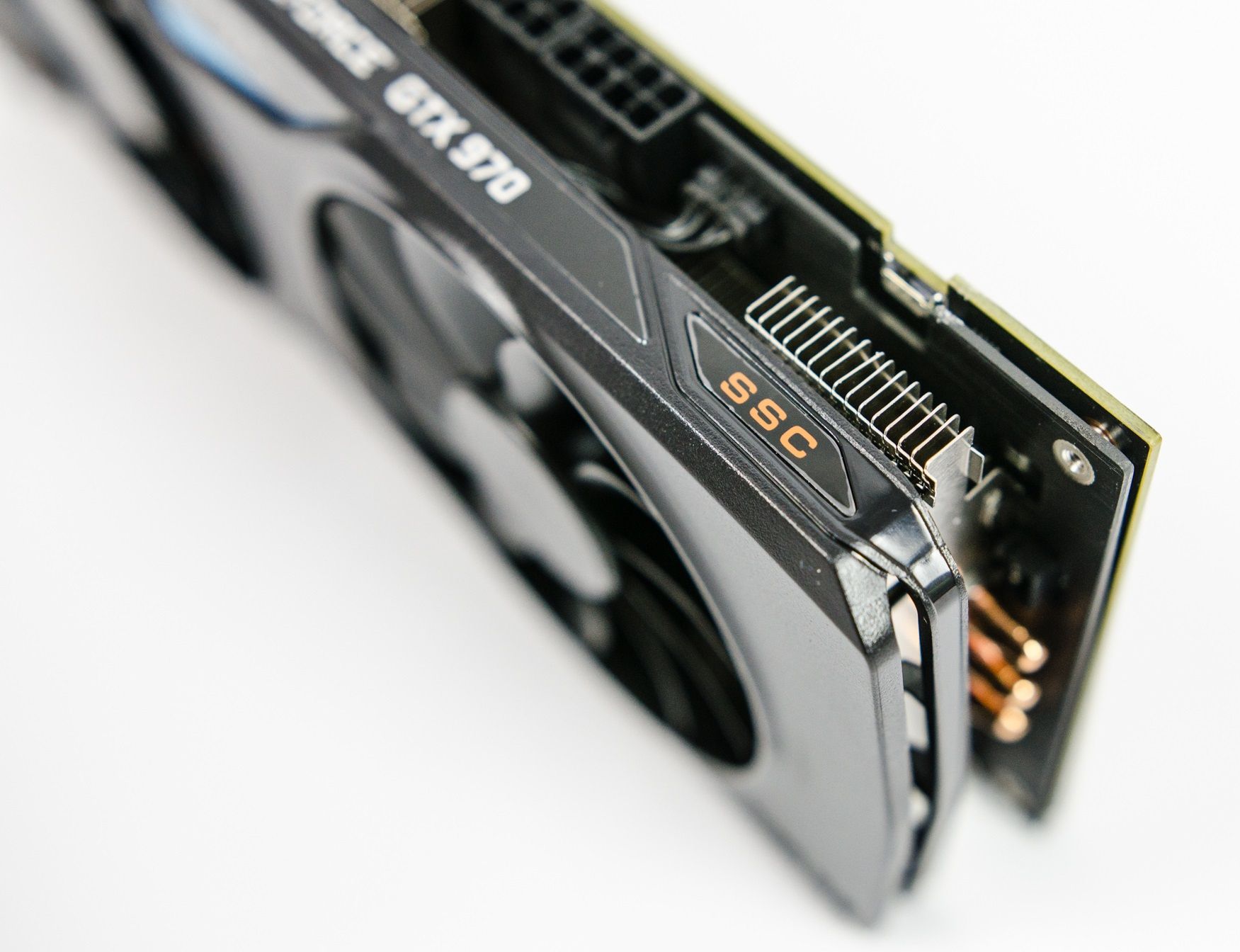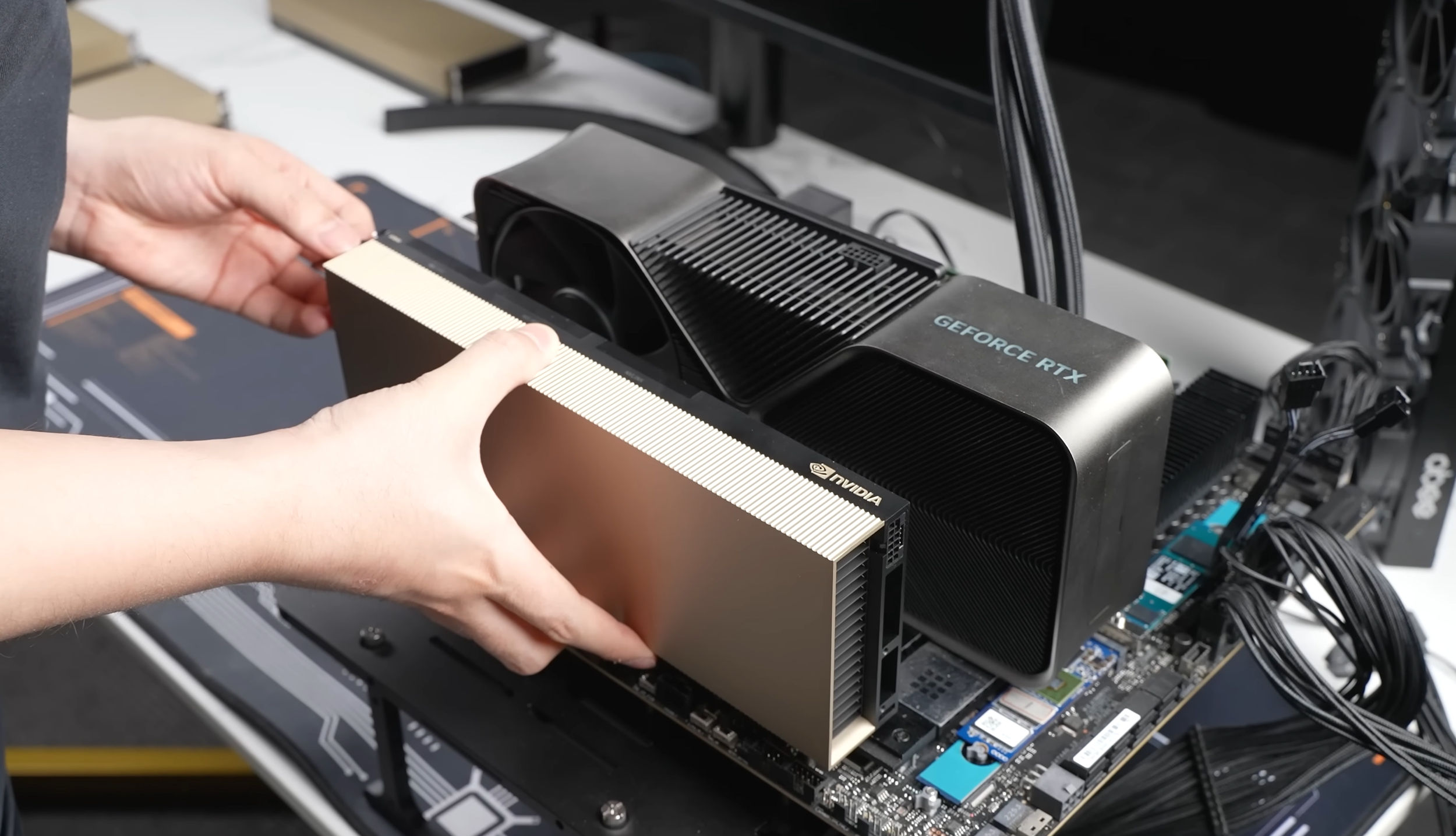What Is Force GPU Rendering?
Force GPU Rendering is a setting found in many Android devices that allows you to enable hardware acceleration for all of your device’s applications, regardless of whether or not they were designed to utilize it. GPU stands for Graphics Processing Unit, which is an essential component responsible for rendering graphics and enhancing visual performance on your device.
By default, Android applications are designed to use the CPU (Central Processing Unit) for rendering graphics. However, when you enable Force GPU Rendering, your device will utilize the power of the GPU to enhance the performance and smoothness of graphics-intensive tasks.
This setting is particularly useful for applications that heavily rely on visual effects, animations, and transitions. It can significantly improve the overall user experience by ensuring smoother scrolling, faster loading times, and more fluid animations.
When Force GPU Rendering is enabled, your device offloads graphics-processing tasks from the CPU to the GPU, reducing the burden on the CPU and freeing up its resources for other system processes. This allows for better multitasking capabilities and improved overall performance.
It’s important to note that not all applications will benefit from Force GPU Rendering. Some applications are already optimized to utilize the GPU by default, while others may not benefit from it at all. Enabling Force GPU Rendering for such applications may not yield any noticeable improvement and may even consume more battery power.
In summary, Force GPU Rendering is a setting that allows you to enhance the visual performance of your Android device by offloading graphics processing to the GPU. It can improve the smoothness of animations, transitions, and other graphics-intensive tasks, resulting in a better user experience. However, it’s important to consider the specific requirements of individual applications before enabling this setting to ensure optimal performance and battery usage.
How Does GPU Rendering Work?
GPU rendering, also known as hardware acceleration, leverages the power of the Graphics Processing Unit (GPU) to handle rendering tasks instead of relying solely on the Central Processing Unit (CPU). This technology has revolutionized the way graphics are processed and displayed on various devices, including smartphones, tablets, and computers.
When an application is running and requires graphics rendering, it sends instructions and data to the GPU. The GPU then performs complex calculations, transforms raw data into pixels, applies textures and lighting effects, and renders the final image or animation that is displayed on the screen.
Unlike the CPU, which is designed for general-purpose computing, the GPU is specifically optimized for parallel processing and highly demanding graphics tasks. It excels at performing repetitive calculations simultaneously, which is crucial for rendering complex scenes in real-time.
GPU rendering works by breaking down the rendering process into smaller tasks and distributing them across multiple cores within the GPU. Each core independently processes a portion of the scene, and the results are combined to create the final image or animation. This parallel processing approach allows for faster and more efficient rendering compared to using only the CPU.
Another important aspect of GPU rendering is the use of specialized shading languages, such as OpenGL or DirectX, that allow developers to programmatically manipulate the rendering pipeline. These shading languages provide an interface for developers to specify how objects are rendered, apply visual effects, and optimize performance.
By offloading graphics processing tasks from the CPU to the GPU, GPU rendering not only improves the performance of graphics-intensive applications but also enhances overall system performance. It allows for smoother graphics and animations, reduces lag, and enables more efficient multitasking capabilities by freeing up CPU resources for other tasks.
However, it’s worth noting that GPU rendering is not suitable for all types of applications. Some applications, such as text-based or non-graphical applications, may not benefit significantly from GPU acceleration. In such cases, enabling GPU rendering may not provide any noticeable improvements and could even result in increased power consumption.
To summarize, GPU rendering utilizes the power of the Graphics Processing Unit to handle graphics-intensive tasks. By breaking down rendering processes into smaller tasks and leveraging parallel processing capabilities, GPU rendering enhances the performance and visual quality of applications. However, its effectiveness varies depending on the nature of the application and the specific hardware and software configurations of the device.
Benefits of GPU Rendering
GPU rendering, also known as hardware acceleration, offers several benefits that enhance the overall performance and visual experience of applications. Here are some of the key advantages:
- Improved Graphics Performance: By offloading graphics processing tasks to the GPU, applications can achieve smoother animations, transitions, and visual effects. This results in a more visually appealing and responsive user interface.
- Faster Rendering: GPU rendering significantly reduces rendering times for complex scenes, allowing applications to display images and animations more quickly. This is especially important for real-time applications, such as gaming and virtual reality, where responsiveness is crucial.
- Better Multitasking: Since GPU rendering frees up CPU resources, it allows for more efficient multitasking. Users can switch between applications seamlessly without experiencing significant performance degradation.
- Energy Efficiency: The GPU is designed to handle graphics processing efficiently, consuming less power compared to the CPU. By utilizing GPU rendering, applications can optimize power usage and extend battery life, especially on mobile devices.
- Enhanced Visual Quality: The capabilities of the GPU, such as advanced shading and rendering techniques, contribute to improved visual quality. Applications can render realistic lighting effects, shadows, and textures, resulting in more immersive and visually stunning graphics.
- Compatibility: Most modern devices, including smartphones, tablets, and computers, are equipped with GPUs that support GPU rendering. This makes it widely accessible for developers to incorporate in their applications without worrying about device compatibility.
It is important to note that while GPU rendering offers many benefits, its effectiveness may vary depending on the specific hardware and software configurations of the device, as well as the nature of the application. Some applications may see significant improvements with GPU rendering, while others may not see a noticeable difference. It is recommended for developers to test and optimize their applications to determine the best approach for utilizing GPU rendering effectively.
Disadvantages of Force GPU Rendering
While Force GPU Rendering can offer significant benefits, there are a few disadvantages to consider before enabling this setting:
- Potential Battery Drain: Enabling Force GPU Rendering can consume more battery power since the GPU requires additional power to perform graphics processing. This can result in decreased battery life, especially when using graphics-intensive applications or playing games for an extended period of time.
- Incompatibility with Older Devices: Some older devices or low-end smartphones may not have a powerful GPU or lack proper driver support for Force GPU Rendering. Enabling this setting on such devices may lead to compatibility issues, stability problems, or even crashes in certain applications.
- Compatibility with Certain Applications: Not all applications are designed to take full advantage of GPU rendering. Enabling Force GPU Rendering for applications that are already optimized for CPU rendering may not yield any noticeable improvements and could potentially introduce performance issues or graphical glitches.
- Potential for Overheating: Intensive GPU usage can generate more heat within the device, especially during extended periods of graphics-intensive usage. This can lead to increased temperatures and may potentially affect the overall performance of the device or cause it to overheat in extreme cases.
- Limited Impact on Non-graphical Applications: Force GPU Rendering focuses on enhancing graphics-intensive tasks, so its impact on non-graphical applications, such as text-based or productivity apps, may be minimal. Enabling this setting for such applications may not provide any significant benefits and may even lead to unnecessary power consumption.
It’s important to weigh the potential disadvantages against the benefits of Force GPU Rendering. Consider the specific hardware capabilities and software compatibility of your device, as well as the nature of the applications you commonly use, before deciding to enable or disable this setting. Additionally, keeping an eye on your device’s temperature and monitoring the impact on battery life is crucial to ensure optimal performance and user experience.
When to Use Force GPU Rendering
Force GPU Rendering can be beneficial in certain scenarios, but it is not always necessary or recommended for every situation. Here are some instances when you might consider using Force GPU Rendering:
- Graphics-Intensive Applications: If you frequently use graphics-intensive applications, such as mobile gaming, augmented reality, or video editing software, enabling Force GPU Rendering can significantly improve performance and enhance your overall user experience. These types of applications heavily rely on smooth animations, realistic graphics, and real-time rendering.
- Animations and Transitions: Applications that heavily utilize animations, transitions, or visual effects can benefit from Force GPU Rendering. Enabling this setting ensures smoother and more fluid animations, resulting in a more engaging and visually pleasing user interface.
- Hardware Capability and Compatibility: Before enabling Force GPU Rendering, consider the capability of your device’s GPU and its compatibility with this setting. High-end smartphones, tablets, and computers with powerful GPUs and up-to-date drivers are more likely to see noticeable improvements. On the other hand, older devices or low-end hardware may not provide significant benefits and may even experience compatibility issues.
- Testing and Optimization: If you are developing an application, enabling Force GPU Rendering during the testing phase can help identify any performance bottlenecks or graphical issues that may arise due to different rendering methods. This allows you to fine-tune your code and optimize performance for a wide range of devices.
- Preference and User Experience: Ultimately, the decision to use Force GPU Rendering comes down to personal preference and the desired user experience. If you find that enabling this setting enhances the smoothness and responsiveness of your device, makes animations more visually appealing, and improves overall graphics performance, then it may be worth utilizing.
It is worth mentioning that not all applications and tasks will benefit from Force GPU Rendering. Text-based applications, static images, and non-graphical programs do not require the GPU’s power and may not see any noticeable improvements. In such cases, it is advised to leave Force GPU Rendering disabled to conserve battery life and system resources.
Consider the specific requirements of your applications, the capabilities of your hardware, and your personal preference when deciding whether to enable or disable Force GPU Rendering. It is always recommended to test the impact of this setting on your device and adjust accordingly to find the optimal balance between performance and battery life.
How to Enable Force GPU Rendering
To enable Force GPU Rendering on your Android device, follow the steps below:
- Open the “Settings” app on your device. You can usually find it in the app drawer or by swiping down from the top of the screen and tapping on the gear-shaped icon.
- Scroll down and tap on “Developer options.” If you cannot find this option, it might be hidden. To enable it, go to “About phone” or “About device” and tap on the “Build number” seven times. This will unlock the Developer options menu.
- In the Developer options menu, scroll down to locate the “Hardware accelerated rendering” section.
- Toggle the switch next to “Force GPU rendering” to the ON or ENABLED position. The exact wording may vary depending on your device and Android version.
- Exit the Settings app and the changes will take effect immediately. Your device will now utilize the GPU for rendering graphics in all applications, regardless of their native rendering method.
It’s important to note that enabling Force GPU Rendering may differ slightly across different Android devices and versions. The options might be located in different menus or have slightly different names, but the general process should still be similar.
If you no longer wish to use Force GPU Rendering, simply follow the same steps above and toggle the switch next to “Force GPU rendering” to the OFF or DISABLED position. This will revert your device to the default rendering method, relying on the CPU for graphics processing.
Keep in mind that the “Developer options” menu provides access to various advanced settings that are intended for experienced users and developers. Make sure to use these settings responsibly and understand the potential risks and implications of the changes you make.
How to Disable Force GPU Rendering
If you have previously enabled Force GPU Rendering on your Android device and would like to disable it, you can follow the steps below:
- Open the “Settings” app on your Android device. This can typically be found in your app drawer or by swiping down from the top of the screen and tapping on the gear-shaped settings icon.
- Scroll down to find and tap on the “Developer options” menu. If you don’t see this option, it might be hidden. To reveal it, go to the “About phone” or “About device” section and tap on the “Build number” seven times. This will enable the Developer options menu.
- Within the Developer options, locate the “Hardware accelerated rendering” section.
- Toggle the switch next to “Force GPU rendering” to the OFF or DISABLED position. The exact wording may vary depending on your device and Android version.
- Once you have disabled Force GPU Rendering, exit the settings app, and the changes will take effect immediately. Your device will revert to using the default rendering method, which relies on the CPU for graphics processing.
It’s important to note that the steps to disable Force GPU Rendering may slightly differ depending on your Android device and version. However, the general process should be similar across most devices.
If you ever want to re-enable Force GPU Rendering, you can follow the same steps above and toggle the switch next to “Force GPU rendering” to the ON or ENABLED position.
Please keep in mind that the “Developer options” menu provides access to advanced settings and features that are intended for experienced users and developers. It’s important to use these settings responsibly and understand the potential implications of the changes you make to your device’s settings.
Tips for Optimizing Force GPU Rendering
When utilizing Force GPU Rendering on your Android device, there are several tips and best practices you can follow to optimize its performance and ensure a smooth user experience:
- Test Compatibility: Before enabling Force GPU Rendering, test its compatibility with your device and the applications you use frequently. Some apps may not be optimized to take full advantage of GPU rendering and may experience performance issues or graphical glitches when this setting is enabled.
- Enable Vsync: Enabling vertical sync (Vsync) can help prevent screen tearing and ensure smoother animations. Vsync synchronizes the device’s refresh rate with the GPU’s rendering rate, resulting in more consistent and visually appealing animations.
- Manage App Settings: Some applications may have their own rendering settings that override the global system settings. Take the time to explore the settings of individual apps and ensure that they align with your desired GPU rendering preferences.
- Monitor Battery Consumption: Force GPU Rendering can increase battery consumption, especially when running graphics-intensive applications. Keep an eye on your device’s battery usage and consider disabling this setting when not needed to conserve battery power.
- Update Device Drivers: Keeping your device’s GPU drivers up to date ensures compatibility with the latest GPU rendering technologies and optimizations. Check for updates regularly and install any available driver updates to maximize performance.
- Optimize Graphics Assets: If you’re developing an application that utilizes GPU rendering, optimize your graphics assets to ensure they’re properly sized, compressed, and formatted. This can help reduce GPU processing requirements and improve overall performance.
- Test Performance Impact: Before deploying an application that utilizes Force GPU Rendering, thoroughly test its performance on a range of devices with different GPU capabilities. This will allow you to identify any performance issues or compatibility concerns and make necessary optimizations.
- Consider Alternatives: While Force GPU Rendering can enhance visual performance, it’s essential to evaluate other optimization techniques as well. Techniques such as texture compression, level of detail (LOD) rendering, and background rendering optimization can further improve performance and reduce GPU workload.
By following these tips, you can ensure that Force GPU Rendering is utilized effectively and produces the desired performance improvements. It’s important to remember that the optimization process may vary depending on the specific hardware and software configurations of your device and the applications you use.
Conclusion
Force GPU Rendering can be a powerful feature to enhance the graphics performance of your Android device. By leveraging the capabilities of the Graphics Processing Unit (GPU), it allows for smoother animations, faster rendering, and improved visual quality. However, it’s important to understand when and how to use this setting effectively.
When considering enabling Force GPU Rendering, evaluate the specific requirements of your applications and the capabilities of your device’s GPU. Graphics-intensive applications, animations, and transitions are more likely to benefit from this setting, providing a better user experience. However, non-graphical or text-based applications may not see significant improvements and could even have increased power consumption.
Enabling or disabling Force GPU Rendering can typically be done through the Developer options menu in your device’s settings. Ensure compatibility, monitor battery consumption, and consider other optimization techniques to maximize the benefits of Force GPU Rendering.
While Force GPU Rendering has its advantages, such as improved performance and visual quality, there are potential drawbacks to consider, including increased power consumption and compatibility issues with older devices or specific applications.
In summary, Force GPU Rendering is a valuable tool to enhance the graphics performance of your device. Understanding its benefits, drawbacks, and how to optimize its usage can help you make the most out of this feature, ensuring a smooth and visually appealing user experience on your Android device.









